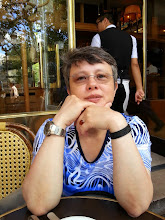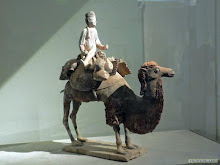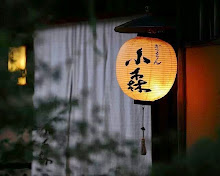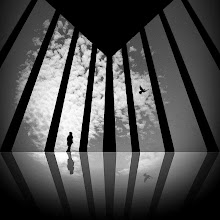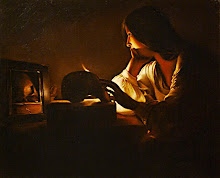«Cité perdue, Istanbul 1967-1995», Richard Millet, Fata Morgana, 1998
Qui lit Richard Millet fait l'expérience d'une intense frustration, combinée avec un plaisir presque pervers, celui d'assister à sa ruine et d'en aimer le spectacle. Avec «Cité perdue, Istanbul 1967-1995», publiée en 1998 par les éditions Fata Morgana, c'est donc ma deuxième rencontre avec le Chevalier du subjonctif*. Pour tout vous dire, je n'ai pas trouvé cette expérience facile, tant il est évident que lire Richard Millet se mérite, et que faute d'éprouver un sentiment (bienfaisant?) d'exténuement total, l'on est en droit de se demander si: 1/ Istanbul est bien une ville pour vous 2/ Vous serez jamais réceptif au sentiment de la langue.
Pour ma part, je confesse ne connaître ni Istanbul, ni Beyrouth, ce qui s'agissant de Richard Millet, est un handicap considérable, j'en conviens. Que reste t-il donc, à quoi me raccrocher pour goûter cette musique des mots qui n'en finit pas de mourir dans la splendeur de rêves d'ailleurs? Peut-être, une sorte de langue universelle, un espéranto du cœur et de l'esprit, qui au lieu de se donner se mériterait, à force de patience et de dévotion, sous la pâleur des lampes? Ou encore, un arrière-pays des mots et des ombres, à portée de tous ceux pour qui silence n'est nullement synonyme de mutisme? Oui, car il faut aimer se taire et entendre l'autre versant de la langue pour parvenir à mettre ses pas dans ceux de Richard Millet. En cinquante-neuf pages, et avec deux illustrations d'Abdine, on arpente les rues d'Istanbul, de préférence de nuit, et l'on accomplit avec l'auteur un pèlerinage qui n'en est pas vraiment un, faute de n'attendre «rien que des instants de joie indigène, de petites épiphanies qui [me] jettent sur le bas-côté du temps» (p. 12).
Donc, si exotisme il y a, il n'est pas dans cet Orient que nous ne comprenons plus (mais l'avons-nous jamais?), mais bien du côté des mots, cette «langue turque [...] langue de vieil empire ayant déployé tous les tons de gris avec, dans le fond [...] un peu d'ambre, de turquoise ou de jade [...] » (p. 14). Alors, on erre et, comme Richard Millet avant nous, on aime se perdre dans cette cité qui n'est vraiment perdue que dans l'oubli qu'on en a. Et toujours cette petite musique de la langue, celle de la nostalgie d'escales renvoyant à des atlas, où aimer sans espoir la «Châtelaine du Liban», ne voyager qu'à travers les miroirs et les parfums de la nuit stambouliote, ne surprend pas davantage que d'entrevoir l'ombre de ce qu'on fût jadis.
Entre écriture et exil, entre Viam et la Sublime Porte, l'homme des lointains qui s'égrènent, comme les heures lentes sous la langue, nous convie à ses côtés. On l'aura compris, «Cité perdue, Istanbul 1967-1995», de Richard Millet est un livre envoûtant. Est-ce assez lui rendre justice que d'écrire à son sujet que, longtemps après l'avoir lu, la mémoire que l’on en garde fascine tout autant que le constat de sa perte?
Entre écriture et exil, entre Viam et la Sublime Porte, l'homme des lointains qui s'égrènent, comme les heures lentes sous la langue, nous convie à ses côtés. On l'aura compris, «Cité perdue, Istanbul 1967-1995», de Richard Millet est un livre envoûtant. Est-ce assez lui rendre justice que d'écrire à son sujet que, longtemps après l'avoir lu, la mémoire que l’on en garde fascine tout autant que le constat de sa perte?
* Comme Richard Millet est amicalement surnommé









